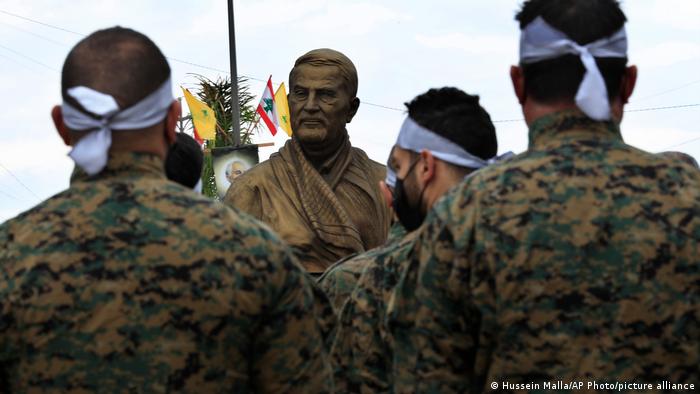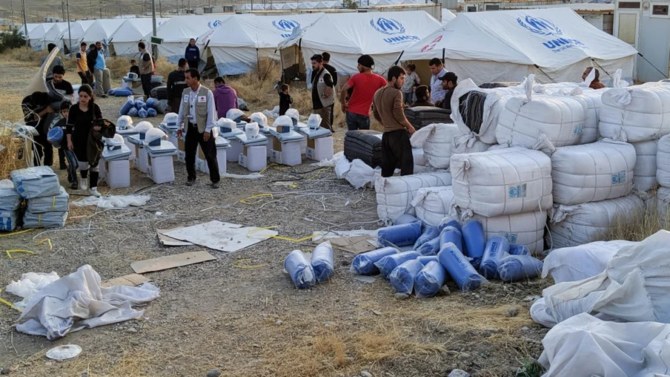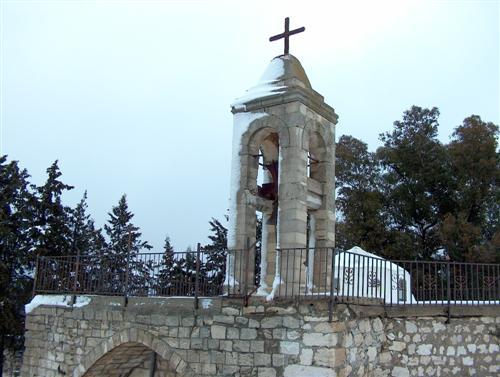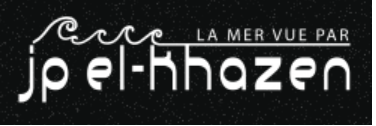by english.alaraby.co.uk — Lebanese officials have confirmed plans to demolish the northern section of the grain silos at Beirut port, just weeks …

YAROUN, Lebanon, (Reuters) by Timour Azhari; - Street-side signs in the southern Lebanese village of Yaroun, the ancestral home of the suspect in the stabbing of Salman Rushdie, bear posters of Iran's former supreme leader Ayatollah Ruhollah Khomeini who in 1989 issued a fatwa calling for the author's death. The logo of Lebanon's powerful, Iran-armed Hezbollah group adorns small monuments to its fighters killed during decades of wars with Israel, which borders Yaroun to the east and south. The mood in the small Lebanese village is apprehensive. Few want to speak about Friday's attack on Rushdie or about Hadi Matar, the 24-year-old Shi'ite Muslim American suspect whose family originally hails from Yaroun, where Hezbollah has strong support.
Locals say the attack on the novelist at a public appearance in New York state has little to do with them. "There is no information... He was born abroad in America and remains there," local official Riad al-Ridha told Reuters. "No one wants to talk about it because no one knows anything." Matar, from New Jersey, has pleaded not guilty to attempted murder and assault. An initial law enforcement review of his social media account showed he was sympathetic to Shi'ite extremism and Iran's Islamic Revolutionary Guard Corps (IRGC), according to NBC New York. The IRGC is a powerful faction that Washington accuses of carrying out a global extremist campaign. U.S. authorities have not offered any additional details on the investigation, including a possible motive.

by venturebeat.com -- Louis Rosenberg, Ph.D -- Many “futurists” insist that technological advances will enable humans to “upload our minds” into computer systems, thereby allowing us to “live forever,” defying our biological limitations. This concept is deeply flawed but has gained popular attention in recent years. So much so, Amazon has a TV series based on the premise called Upload, not to mention countless other pop-culture references. As background, the concept of “mind uploading” is rooted in the very reasonable premise that the human brain, like any system that obeys the laws of physics, can be modeled in software if sufficient computing power is devoted to the problem. To be clear, mind-uploading is not about modeling human brains in the abstract, but modeling specific people, their unique minds represented in such detail that every neuron is accurately simulated, including the massive tangle of connections among them.
Is it even possible?
Of course, this is an extremely challenging task. There are more than 85 billion neurons in your brain, each with thousands of links to other neurons. That’s around 100 trillion connections – a thousand times more than the number of stars in the Milky Way. It’s those trillions of connections that make you who you are – your personality and memories, your fears and skills and ambitions. To reproduce your mind in software (sometimes called an infomorph), a computer system would need to precisely simulate the vast majority of those connections down to their most subtle interactions. That level of modeling will not be done by hand. Futurists who believe in “mind uploading” often envision an automated process using some kind of super-charged MRI machine, that captures the biology down to the molecular level. They further envision the use of artificial intelligence (AI) software to turn that detailed scan into a simulation of each unique neuron and its thousands of connections to other neurons.

NNA – Caretaker Minister of the Displaced, Issam Sharafeddine, visited today the Syrian state, accompanied by a Lebanese Democratic Party delegation, where they met with the Minister of Local Administration and Environment, Hussein Makhlouf, in charge of the displaced Syrians' dossier, and Interior Minister, Major General Mohammad al-Rahmoun. Talks centered on the plan set by Minister Sharafeddine to ensure a safe, dignified and voluntary return of the displaced Syrians to their homes, and the measures taken by the Syrian side to provide a safe and quick return for them according to specific timetables agreed upon by both sides.
Makhlouf confirmed in a statement after the meeting, that "there is a consensus in the vision between the Syrian and Lebanese sides regarding the return of all refugees, not just 15,000 displaced persons per month, as stated in the plan presented by the Lebanese side," noting that "the amnesty decrees that were issued included all Syrians, in addition to facilitating and simplifying procedures in the border areas and providing services for returnees, including transportation, relief, humanitarian aid, medical care, education and others, to provide them with a safe and comfortable stay.” "One of the priorities of the Syrian state is to create conditions for the return of all Syrians to their homes and to rehabilitate the infrastructure in the areas liberated by the Syrian Arab Army," Makhlouf asserted. He added: “What the state has done in this context allowed the return of five million displaced Syrians, including one million displaced from abroad and four million from the inside...They have become stable in their areas with full services being provided." "Syrians in Lebanon and in any other country are invited to return," Makhlouf reiterated. He called on the United Nations organizations to be "an active partner in the return of the displaced, especially that the Syrian side is open to cooperation with the Lebanese side and others to facilitate the return of all the displaced and to have an active role in the reconstruction."
Khazen History


Historical Feature:
Churches and Monasteries of the Khazen family

St. Anthony of Padua Church in Ballouneh
Mar Abda Church in Bakaatit Kanaan
Saint Michael Church in Bkaatouta
Saint Therese Church in Qolayaat
Saint Simeon Stylites (مار سمعان العامودي) Church In Ajaltoun
Virgin Mary Church (سيدة المعونات) in Sheilé
Assumption of Mary Church in Ballouneh
1 - The sword of the Maronite Prince
2 - LES KHAZEN CONSULS DE FRANCE
3 - LES MARONITES & LES KHAZEN
4 - LES MAAN & LES KHAZEN
5 - ORIGINE DE LA FAMILLE
Population Movements to Keserwan - The Khazens and The Maans
ما جاء عن الثورة في المقاطعة الكسروانية
ثورة أهالي كسروان على المشايخ الخوازنة وأسبابها
Origins of the "Prince of Maronite" Title
Growing diversity: the Khazin sheiks and the clergy in the first decades of the 18th century
Historical Members:
Barbar Beik El Khazen [English]
Patriach Toubia Kaiss El Khazen(Biography & Life Part1 Part2) (Arabic)
Patriach Youssef Dargham El Khazen (Cont'd)
Cheikh Bishara Jafal El Khazen
Patriarch Youssef Raji El Khazen
The Martyrs Cheikh Philippe & Cheikh Farid El Khazen
Cheikh Nawfal El Khazen (Consul De France)
Cheikh Hossun El Khazen (Consul De France)
Cheikh Abou-Nawfal El Khazen (Consul De France)
Cheikh Francis Abee Nader & his son Yousef
Cheikh Abou-Kanso El Khazen (Consul De France)
Cheikh Abou Nader El Khazen
Cheikh Chafic El Khazen
Cheikh Keserwan El Khazen
Cheikh Serhal El Khazen [English]
Cheikh Rafiq El Khazen [English]
Cheikh Hanna El Khazen
Cheikha Arzi El Khazen
Marie El Khazen